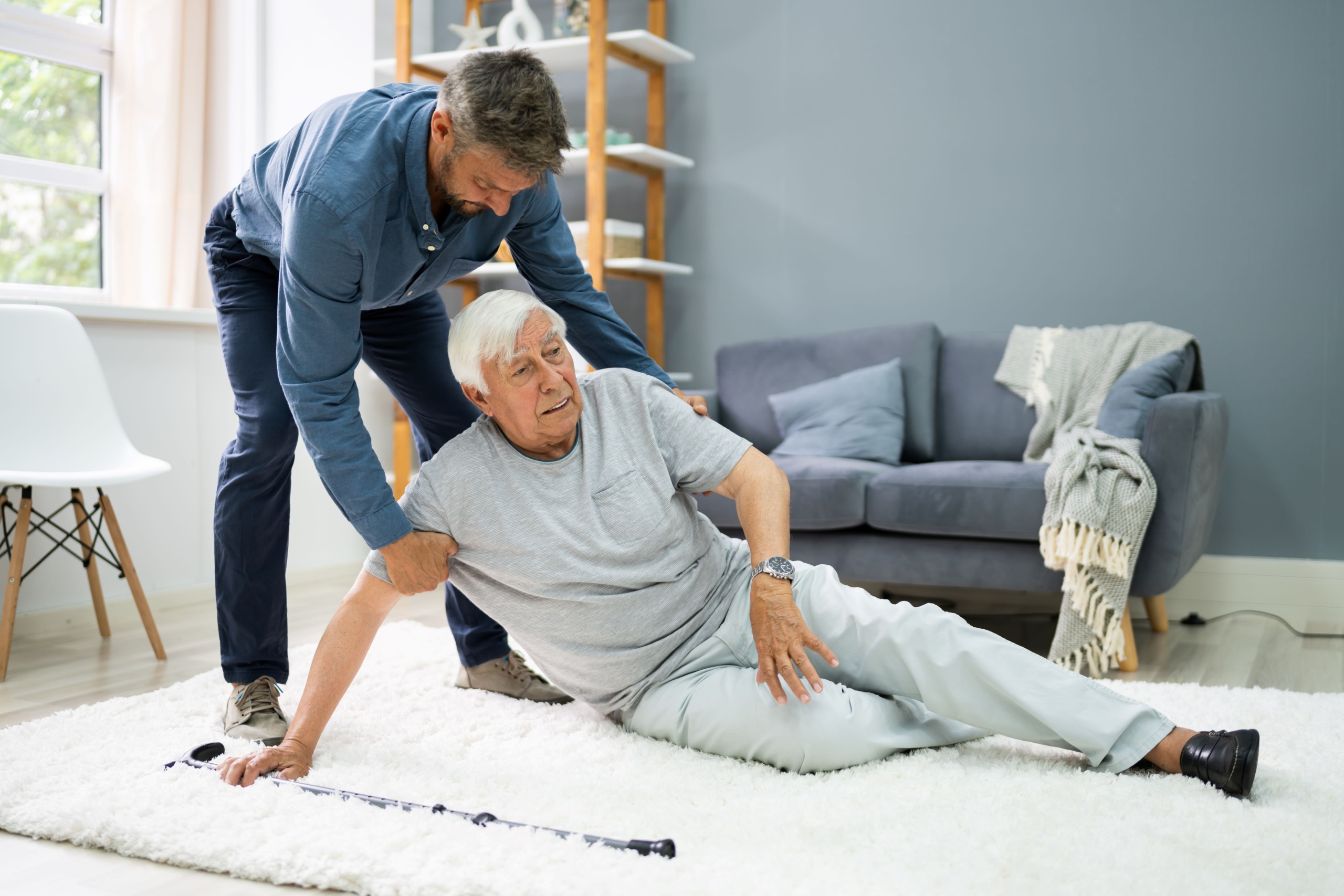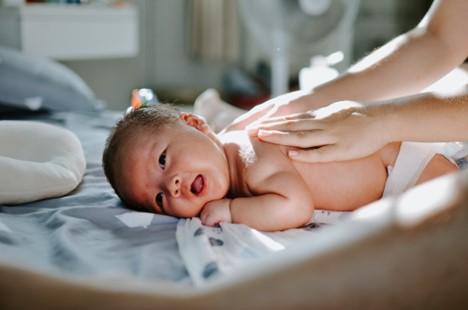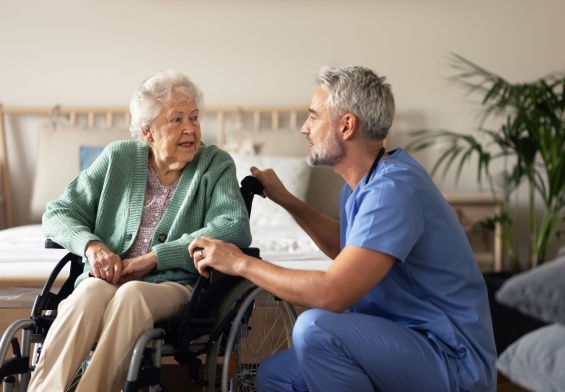When a senior loved one experiences a slip and fall at home—especially while under the care of a home caregiver—families are often left wondering, “Who is legally responsible?” This question becomes even more complex when care is provided by a mix of family, agencies, or independent aides. Understanding liability in these situations is essential, especially for those utilizing professional home care in Morristown, Hackensack, Paramus, or other parts of New Jersey.
In this blog, we’ll walk through the legal landscape of in-home caregiving accidents and offer practical steps for families to protect their loved ones and themselves.
Why Seniors Are More Prone to Slips and Falls
Before diving into liability, it’s important to recognize why seniors are particularly vulnerable:
- Decreased balance and muscle strength
- Vision impairments
- Medications that cause dizziness or drowsiness
- Environmental hazards like throw rugs, wet floors, or poor lighting
Because of this increased risk, those responsible for senior care must take extra precautions. When accidents happen, the law considers whether appropriate steps were taken to reduce foreseeable risk.
Understanding Legal Liability in a Home Fall Incident
If a senior falls at home while under the care of a home caregiver in Wayne, NJ, or Denville NJ, who’s at fault depends on multiple factors:
1. The Property Owner May Be Liable
Whether the senior lives in their own home, a family member’s home, or a rental property, the property owner could be held responsible if:
- There was a known hazard (like a loose step or broken handrail)
- The hazard wasn’t repaired or properly marked
- The hazard directly caused the fall
This is especially relevant in private homes that may not follow the same safety codes as assisted living facilities.
2. The Caregiver or Agency Could Be at Fault
If a paid caregiver—such as one from a professional agency providing 24-hour home care in Morris County, NJ, or Bergen County, NJ—fails to take proper precautions, they may be held responsible. Examples include:
- Leaving water on the floor after bathing
- Failing to supervise the senior during risky activities (like walking up stairs)
- Improperly using mobility equipment
- Ignoring a care plan
If the caregiver is employed by a licensed agency offering home care in Boonton, NJ, or Fair Lawn, NJ, that agency may be liable for the caregiver’s negligence under what’s known as “vicarious liability.”
3. Independent Contractors (Private Aides)
Some families hire caregivers privately, outside of agencies. This can complicate matters. If the caregiver is considered an independent contractor and not properly insured, liability might fall back on the family or homeowner. In this case, the family’s homeowner’s insurance may be required to step in, assuming coverage applies.
What If the Fall Happened Despite Everyone’s Best Efforts?
Unfortunately, not every fall can be prevented, even with 24-hour supervision. However, when families are working with professional services—such as 24-hour in-home care in Bergen County, NJ, or Morris County, NJ—those caregivers are expected to exercise a duty of care. If that duty is breached, and it can be shown that the breach contributed to the fall, then liability may still be assigned.
In legal terms, a fall case generally needs to prove four elements:
- Duty of Care – The caregiver or agency had a responsibility to provide safe care.
- Breach of Duty – They failed in that responsibility (e.g., left the client unattended).
- Causation – The breach directly caused the fall.
- Damages – There were physical or financial injuries resulting from the fall.
What Families Should Do After a Slip and Fall
If your loved one has suffered a fall at home—especially with a caregiver present—take the following steps to protect their well-being and legal rights:
1. Get Medical Attention Immediately
Even if the injury seems minor, have the senior evaluated. Internal injuries and concussions are common and often go unnoticed in the moment.
2. Document the Scene
Take photos or videos of where the fall occurred. Look for hazards like wet floors, loose rugs, or poor lighting. If possible, get witness statements from anyone present.
3. File an Incident Report
If the caregiver was provided by a professional home care agency (such as home care services in Rockaway, NJ or Englewood, NJ), request and file an official incident report with the agency.
4. Request Medical and Care Logs
Caregivers should maintain daily logs of care activities. These records can help determine if there was a lapse in care or supervision.
5. Consult a Personal Injury Attorney
Laws vary by state, and liability is often case-specific. An experienced personal injury attorney can help navigate claims, especially if an agency or insurer is involved.
Minimizing Risk: What Agencies and Families Can Do
Preventing a fall is always the goal. When using 24-hour home care in Teaneck, NJ, Boonton, NJ, or other areas in Northern New Jersey, make sure these safety practices are followed:
- Home Safety Assessments: Agencies should offer initial safety walkthroughs to identify hazards.
- Proper Training: Ensure caregivers are trained in fall prevention, patient transfers, and mobility assistance.
- Routine Communication: Families should receive updates and be informed of any change in risk status.
- Emergency Plans: Caregivers should know what to do if a fall does occur—including calling emergency services and documenting the event.
Final Thoughts: Protecting Seniors with Confidence
Choosing home care—whether in Morris County, Passaic County, or cities like Hackensack, Morristown, or Rockaway NJ—is a powerful way to support a loved one’s independence. But when a slip and fall occurs, knowing who’s responsible is crucial for ensuring accountability and preventing future harm.
Families should partner with home care providers who are licensed, insured, and proactive in their approach to fall prevention. Whether you’re considering 24-hour in-home care in Denville, NJ, or ongoing assistance in Teaneck, ask questions about caregiver training, insurance, and incident response procedures.




